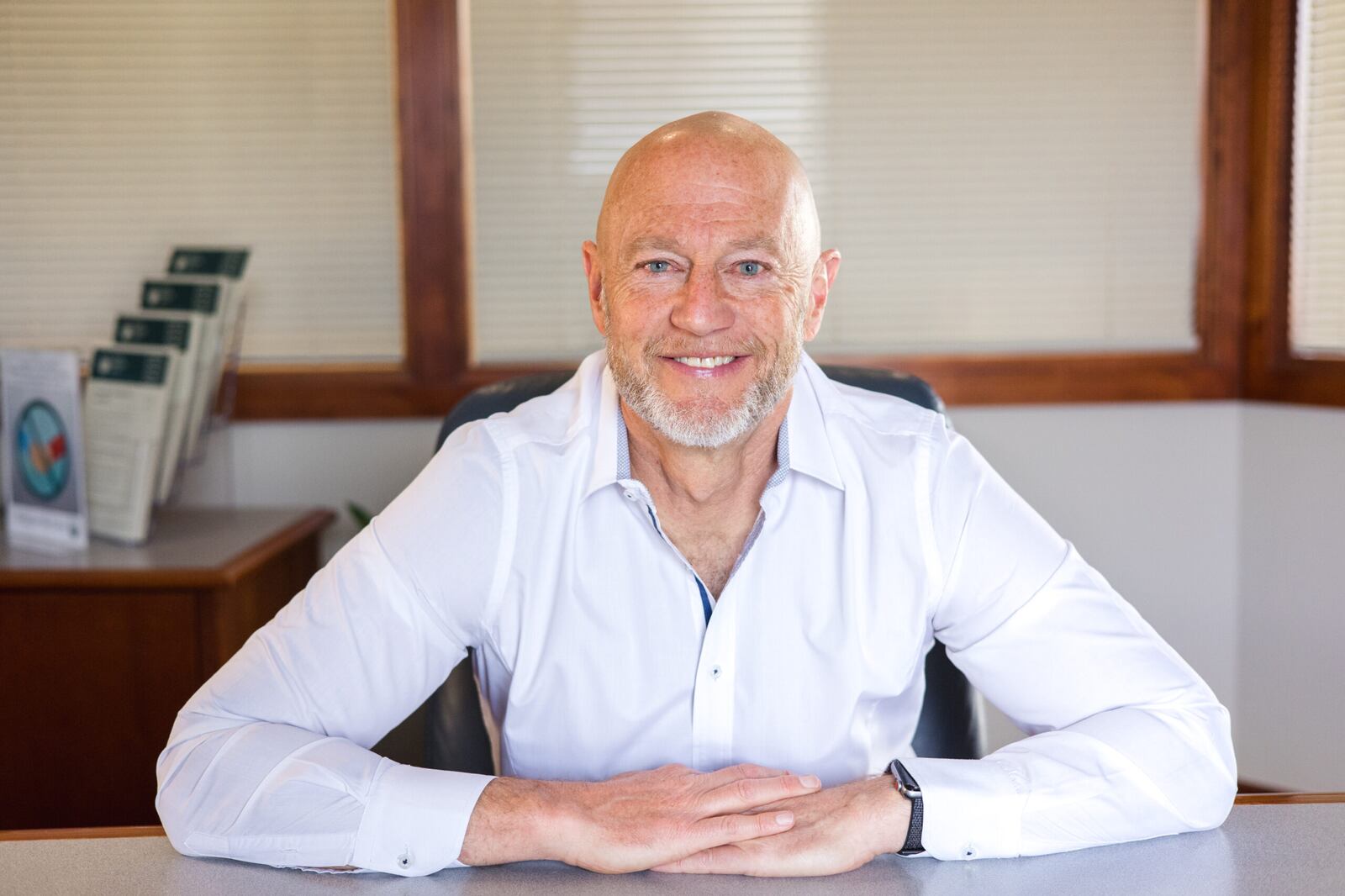, a soon-to-be graduate of the David Eccles School of Business (MBA) and the S.J. Quinney College of Law (JD) at the University of Utah.
As Mark told me about himself and his idea, I had two immediate reactions. One, Ted was right: I did like this guy. Mark was committed and was putting skin in the game. He was no “wantrepreneur.” Second, Mark’s idea might have been the craziest concept I had ever been pitched. His idea was to automate the traffic light grids in major metropolitan areas.
Have you ever been stopped by three traffic lights in a row on South Temple? If Mark and his company, Blyncsy, had their way, this would soon be a thing of the past.
Mark’s technical co-founder, Patrick Brown, had been working for free to build the first prototype and now needed a modest salary to keep going. I offered to fund six months of Patrick’s salary, but Mark turned me down. “That’s too much. I only need 100 days, and then I’ll raise a bigger round at a much higher valuation,” he said. I knew I liked this guy.
True to his word, over the next three months, Mark raised over $1 million from the Park City Angels and local venture capitalists like Peterson Partners.My colleagues and I at Park City Angels provided financial backing to Mark for three main reasons:
First, he was targeting a large and underserved market—the various state-run Departments of Transportation (DOTs). Second, DOTs manage large budgets and are incentivized to minimize traffic jams. Automating the traffic grid is much less expensive than widening roads. Finally, and most importantly, we believed in Mark.
Over the next seven years, Mark zigged and zagged as various hurdles were thrown at Blyncsy. They pivoted from automating the traffic grid to providing wireless communications between self-driving cars to detecting faded road striping and signage that needed to be replaced. These seemingly unrelated concepts all served the grand purpose of helping modernize the DOTs of this country.
That last pivot worked. Blyncsy experienced exponential growth with Payver, a tool that used inexpensive smartphones to apply computer vision and artificial intelligence to identify road maintenance issues. It solved an ongoing need for the DOTs—and it did it better, faster and less expensively than the current solution. This exponential growth led to various investment and buyout opportunities. Ultimately, Blyncsy decided to sell to a public company, Bentley Systems (Nasdaq: BSY).
After seven years of hard work, tough decisions and sleepless nights—with no guarantee of success—Mark had successfully crossed the finish line.

